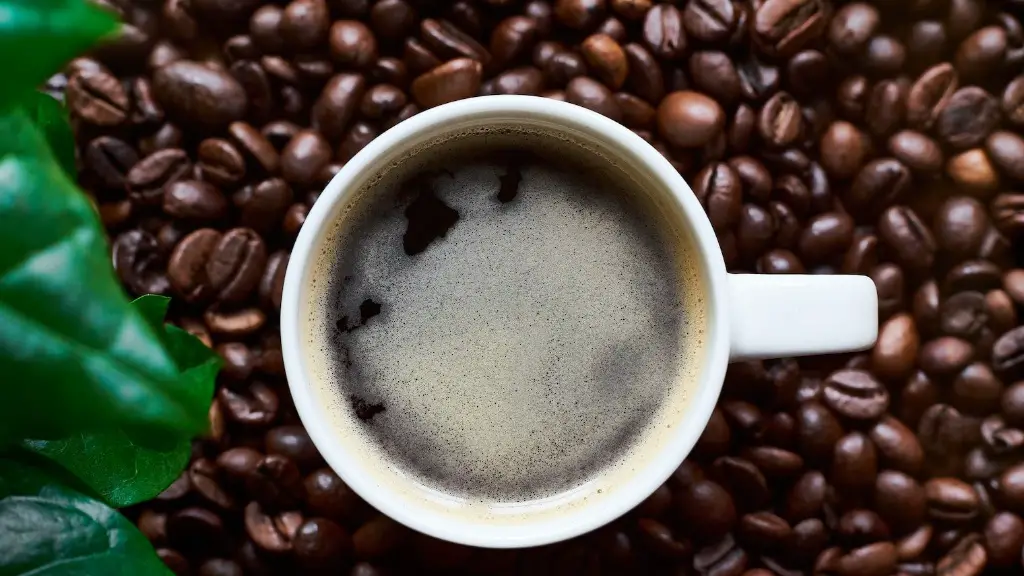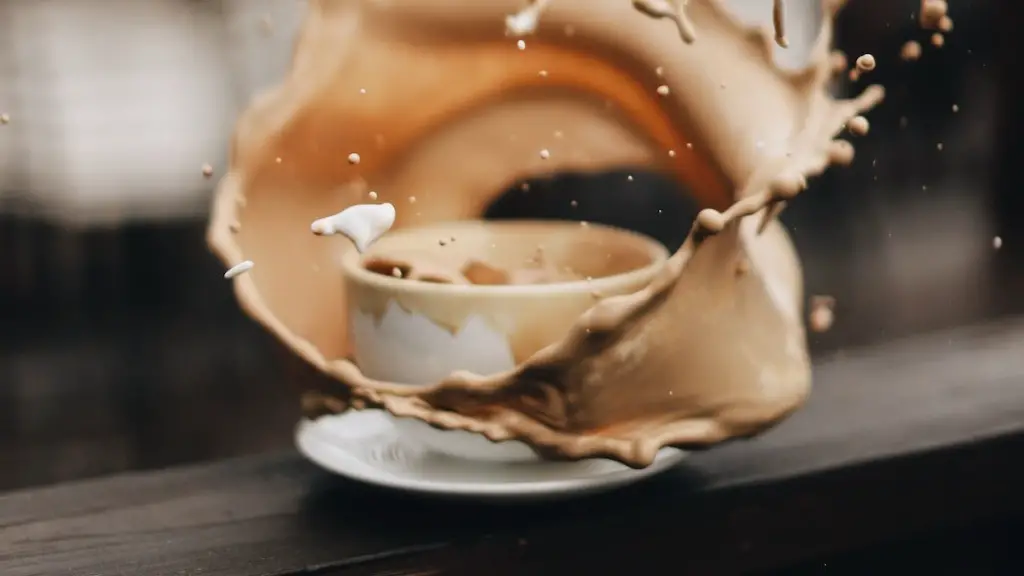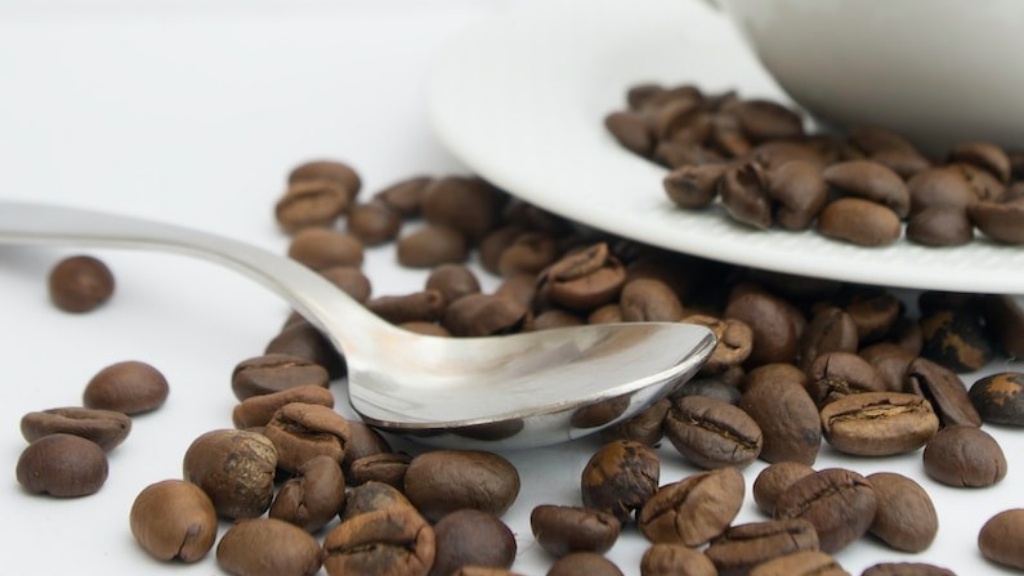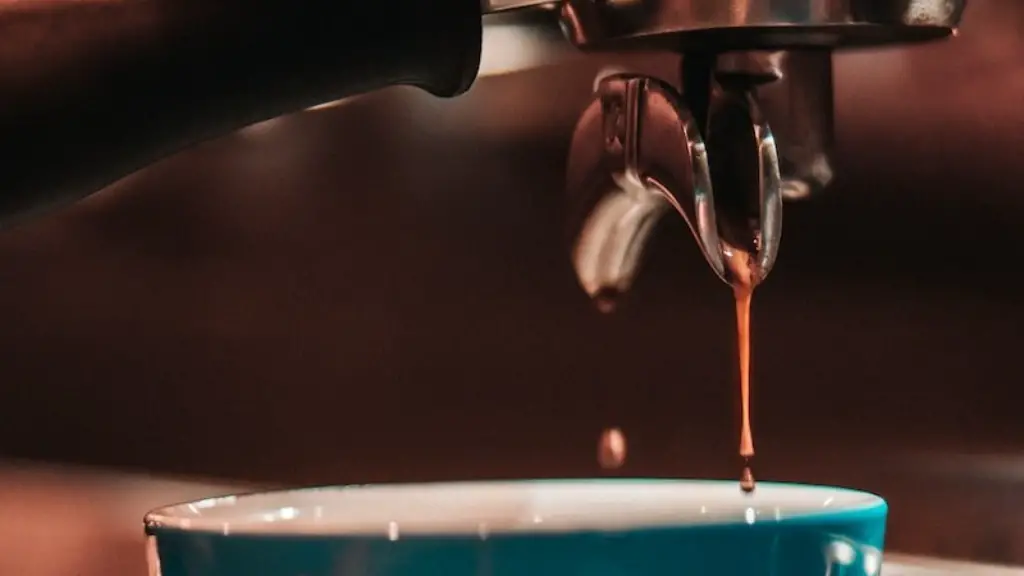Coffee roasting is the process of transforming coffee beans from their raw, green state into the distinctive brown beans we know and love. There are several methods of roasting coffee beans, but the two most common are drum roasting and air roasting.
Coffee beans are roasted in a coffee roaster where they are exposed to high temperatures. This causes the beans to change in color, smell, and taste. The roasting process also affects the caffeine content of the beans.
What happens to coffee beans during roasting?
Heat causes a reaction between the carbohydrates and amino acids in the beans. This causes changes in color, flavor, and nutritional content. The change in color is due to the production of melanoidins. These are large molecules that not only turn the beans brown, but contribute to mouthfeel and body.
If you want to roast your own coffee beans at home, the cheapest way to do it is in a pan or oven. However, for the best possible results, we recommend using a popcorn machine or purpose-built coffee roaster. These devices are simpler and more consistent, giving you a better end product.
What is the proper way to roast coffee
On the most basic level, coffee roasting could be accomplished by using a pan on a stove. However, there are a few things to keep in mind when roasting coffee in this way. First, it is important to make sure that the pan is large enough so that the coffee beans can be spread out in a single layer. If the beans are too close together, they will not roast evenly. Second, it is important to stir the beans frequently to ensure even roasting. Lastly, it is important to keep an eye on the beans and remove them from the heat as soon as they reach the desired roast level.
The chlorogenic acid present in coffee beans is responsible for much of the coffee’s bitter taste. Roasting the beans removes this acid, resulting in a sweeter, more palatable coffee. In addition, roasting coffee beans alters the beans’ fragrance and flavor, giving roasted coffee its characteristic rich, robust taste.
What chemicals are in coffee roasting?
Diacetyl, 2,3-pentanedione, other volatile organic compounds, and gases such as carbon monoxide and carbon dioxide are all natural byproducts of coffee roasting. These compounds are released into the air during and after roasting, and can be detected by their characteristic smells. Some of these compounds are also present in other foods, such as butter and bread.
It is commonly believed that dark roast coffee beans contain more caffeine than light roast beans. However, the truth is that the roast of the coffee has little or no effect on the caffeine content. The compound remains very stable at the temperatures to which coffee beans are exposed during the roasting process. So, whether you prefer your coffee light or dark, you can be sure that you’re getting the same amount of caffeine.
How does Dutch Bros roast their coffee beans?
Coffee beans are harvested from coffee trees, then the beans are removed from the fruit and cleaned. Next, the beans are hulled and roasted at around 400 degrees. Finally, the roasted beans are ground and brewed to make coffee.
Green coffee beans can last around 2 years before they start to go bad. Once they are roasted, they will only last for 2-6 months before they go stale.
How do you roast coffee like a pro
Roasting your own coffee is a great way to get the freshest possible beans. It’s also a lot easier than you might think. Here are six simple steps to roast your own coffee at home.
1. Buy unroasted green beans. Pro tip: Buy two pounds raw to yield one pound roasted.
2. Round up the equipment. Pro tip: Use a popcorn popper or iron skillet to save money.
3. Start roasting.
4. Pull them out once they’re dark enough.
5. Cool beans. Let them breathe, then start the brew.
6. Enjoy your delicious homemade coffee!
There are many factors that contribute to the final flavor of coffee, but roasted coffee beans is one of the most important. The roast level, or how long the beans are roasted, has a significant impact on the final flavor of the coffee. In general, light roasts have a more delicate flavor, while dark roasts have a more robust, intense flavor.
Slow roasting coffee beans results in a greater loss of weight than faster roasting. This is because the longer the beans are roasted, the more moisture is lost. However, slow roasting is generally considered to produce a better tasting coffee. This is because the longer roast allows more time for the complex aromatic compounds to develop, giving the coffee its flavor.
What roast of coffee is the smoothest?
If you are looking for a more traditional tasting coffee, then a medium roast is the way to go. Medium roasts tend to be smoother and have less of a bitter taste than darker roasts. This is the most preferred roast in America and we recommend it if you are looking for a more traditional coffee experience.
It is important to allow coffee to rest for 5-14 days after roast in order to allow the flavors to open up and offer more clarity to the cup. This is due to the fact that the CO2 is often trapped in fresh roasts and can be perceived as high acidity and sourness.
Is it safe to drink unroasted coffee beans
Yes, it is safe to eat raw, unroasted coffee beans. However, you may not like the taste as raw coffee beans are highly acidic and have a “grassy” or “woody” flavor. They are also much harder than roasted beans, making them difficult to chew.
Coffee is a popular drink all over the world, but some people may not realize that it can cause stomach upset in some individuals. This is due to the presence of caffeine and other compounds called catechols, which have been shown to increase stomach acid. This can lead to heartburn, an uncomfortable condition in which stomach acid pushes back up your esophagus. If you suffer from heartburn after drinking coffee, you may want to try switching to a decaffeinated variety or limiting your intake.
Which coffee method is healthiest?
Coffee has been shown to have mixed results on health. Some studies show that coffee is good for you, while other studies show that it can be harmful. This study showed that drinking boiled or pressed unfiltered coffee can be harmful to men aged 60 and above, due to elevated cardiovascular mortality. However, drinking filtered coffee was found to be healthier than drinking no coffee at all. These results are important to consider when making decisions about coffee consumption.
The health of coffee workers can be negatively affected by exposure to volatile organic compounds (VOCs) released during roasting, packaging, grinding, and flavoring. These VOCs, which include diacetyl and 2,3-pentanedione, can cause respiratory problems. Employers should take steps to protect workers from these harmful exposures.
What are the disadvantages of coffee roasting
When coffee is roasted, chemicals are released into the air. These chemicals can cause serious and irreversible lung damage. The chemicals are released into the air in greater concentrations when the coffee is ground and during packaging. The chemicals also build up in containers where coffee is stored after roasting.
Most conventional coffee is grown in developing countries with little regulation or oversight. This means that farmers often rely heavily on chemical treatments to protect their crops. These chemicals can end up in the coffee beans, and in your cup.
Of course, organic coffee is grown without the use of synthetic chemicals. This results in a product that is not only better for your health, but also for the environment. Organic farmers often use sustainable practices that help to preserve the land and protect local ecosystems.
When it comes to coffee, go organic whenever possible. Your taste buds and your body will thank you!
Conclusion
Coffee beans are roasted by being placed in a roaster and exposed to high temperatures. The beans are turned or stirred during the roasting process to ensure an even roast. The roasting process can last anywhere from several minutes to half an hour, depending on the desired roast level.
Different roasting techniques can produce coffee with different taste profiles. The most important factor in coffee roasting is temperature. Roasting coffee at a lower temperature will result in a coffee with more body and sweetness, while roasting at a higher temperature will result in a coffee with more acidity and less sweetness.





